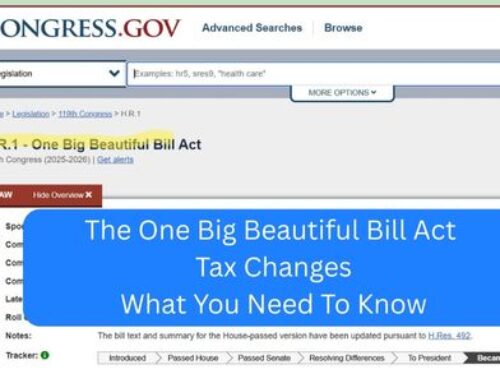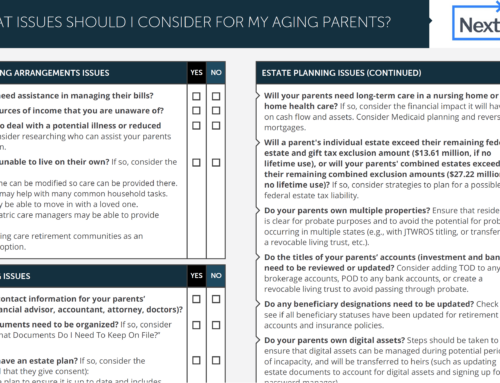SBP Decision (or Insurance) To Solve A Cash Flow Problem
This is part 2 of our series on the Survivor Benefit Plan (SBP). The SBP decision is one of the biggest considerations facing military members as they approach retirement. This series looks at that decision plus the SBP open season (through Jan 1, 2024).
Series Overview:
Part 1: Basics of SBP (Link)
Part 2: SBP Decision (or using insurance/annuities) To Solve A Cashflow Problem
Part 3: SBP or Other Options – Case Study
Part 4: Open Season Thoughts
SBP provides a portion of a military member’s retirement pay after they’ve died to their designated survivors. In this way, it’s a solution (or a partial solution) to a cash flow problem that might exist if others are reliant on your military retirement income. This cash flow challenge is typically a multi-year problem that will change over time. Understanding how income needs will change over time is an important part of the SBP decisions. [We’ll examine that in our example in part 3.]
This article is more general and examines other sources of income that could continue to provide income after someone dies. These should be considered when making the SBP decision.
Income Sources
I like to think about this income as either guaranteed or contingent (non-guaranteed).
Guaranteed Income – Income that comes from a contractual agreement or is guaranteed by a larger deep-pocketed entity (corporation or government).
Non-guaranteed Income – Income that is contingent upon something else or has no guarantee.
[Note: We can debate whether Social Security / other government promises / private pensions and even insurance company payouts are truly guaranteed. At some point, nothing is guaranteed but if all of these things fail you probably want bullets and canned goods versus money anyway.]
Sources of Guaranteed Income
Social Security
For most people, Social Security is the primary source of guaranteed retirement income. Despite all the concerns and complaints about it, this program has kept millions and millions of people out of poverty. Social Security is also indexed to inflation which means you won’t lose purchasing power as you age. It is true that the Social Security Trust Fund is starting to pay out more than it brings in, but estimates are even if Congress does nothing you can probably expect to get 77% percent of your benefit. I view this as the base level of your guaranteed income stream. Social Security payments end at the death of the recipient although survivor benefits allow a spouse to continue receiving the decedent’s payment if it is higher than their own (subject to certain rules).
Military Retirement Pay & VA Disability
For military retirees, the next level of guaranteed income is their military pension and VA disability. Like Social Security, these are typically inflation adjusted. Although unlike Social Security which is automatically adjusted, Congress needs to approve the inflation adjustment for military retirements and VA disability each year. I view these as the next layers of guaranteed income. Both payments end at the death of the recipient. The Surviving Spouse may be eligible for Dependency and Indemnity Compensation (DIC) if the member’s death was tied to a service-related injury or they were 100% disabled for 10 or more years.
Other Pension Income
Some companies provide a pension to their workers although this is becoming less common. The features of which can vary significantly including whether they are indexed to inflation (less common) and the option for spousal benefits.
Annuities
Annuities are contracts provided by insurance companies that provide a stream of income over a fixed period or a lifetime in exchange for a one-time or series of payments. There are MANY different types of annuities that are beyond the scope of the article. For my purpose, I am referring to a guaranteed payment that you receive over some time frame.
Non-guaranteed Sources of Income
Employment
Your spouse may continue or start to work. This will offset the need in the working years. Some considerations could include whether they’ll be able to work full-time or might they have to scale back hours.
Assets
Insurance Proceeds – If you have insurance that will pay out upon your death, these can be spent to maintain your family’s lifestyle, invested for future use, or converted to an annuity to provide a steady flow of cash.
Investments and savings – Similar to insurance investments and savings could be spent down, left to continue to hopefully grow and provide options in the future, or converted to an annuity that would provide guaranteed income.
While the insurance is (theoretically) guaranteed to pay out, investments are not guaranteed to go up. Care should be taken to make a conservative assessment of your expected return.
The SBP decision
To properly frame the SBP decision, it’s important to build an income and savings timeline to identify whether a surviving spouse has a temporary or permanent need for income. If there is a permanent need, SBP may be the right decision. If there is a more temporary need until Social Security is available or savings and/or investments increase, then you may have a more temporary need that could be met in other ways.
We’ll work through an example in part 3 of how to assess these sources of income and understand the changing need for income as someone ages.



